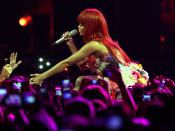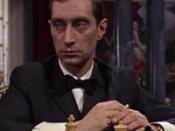Personal and Intergenerational Memories in Maus and Tangled Memories
Memory, as Marita Sturken's Tangled Memories suggests, is an important facet of remembering history. In her book, Sturken focuses particularly on how cultural memory, or "memory shared outside the avenues of formal history discourse" is a culmination of personal and generational memories, as well as historical facts (Sturken 3). These types of memories are very prevalent in literary works, such as the graphic novel Maus by Art Spiegelman. Maus serves as a vehicle to artistically portray the Holocaust and the consequences that it had on its victims. Spiegelman supports Sturken's claims about memory by artfully utilizing the memory of a historical event to demonstrate its effects on the relationship between Art and his father, as well as signifying how a memory, or lack of, can affect individuals of different generations.
The stories about the war, the prisoner camps, and the struggles to return to a normal life are narrated by Art's father, Vladek in an attempt to retell history as he witnessed it to his son, Art.
Spiegelman tastefully uses the image of mice and swine to portray the Jewish and the Nazi parties involved in the Holocaust. The usage of animals serves as a euphemism to the horrors the Jews had to endure at the hands of the Nazis. Despite this, the ideas of despair, disease, and death are still very much so present in the story. These recollections can be viewed as "personal memories", because they are described by the Holocaust survivor himself. However, personal memories can become cultural memories when shared from one generation to the next. For example, scenes of mindless and torturous hard labor in the Nazi camps become cultural memories because the hardships and trials that Vladek and many other Jews faced are...

